Yellow lupine: description, varieties, cultivation and reproduction

The world of flora is full of diverse cultures that captivate with their bright colors and lush colors. Many species are actively used in landscape design, as well as for decorating gardens, parks, flower beds and house plots. One of these plants is yellow lupine. Let's consider this culture in more detail.
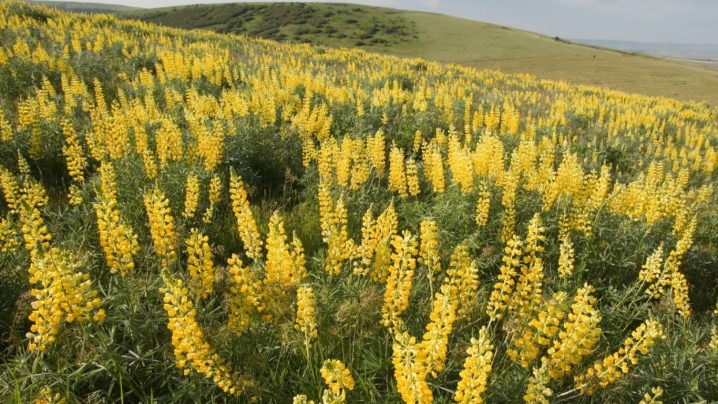
Description
The height of the yellow lupine is 60 to 90 centimeters. The bush has a dense branching in the lower part and excellent foliage. The stem is elongated and straight, the leaves are placed alternately. The color of the stems is rich green. Each of them contains 9 leaflets. The leaf plates are densely covered with fine hairs and are fan-shaped.
Lush and bright inflorescences fill the air with a pleasant aroma. They have an elongated shape and are colored in various shades of yellow. The flowers of the plant are located on small legs. The growing season is approximately 95-105 days. The plant blooms for more than a month. During ripening, the buds develop into pods with seeds, covered with hairs. The seed has a pale pink color with a dark point.
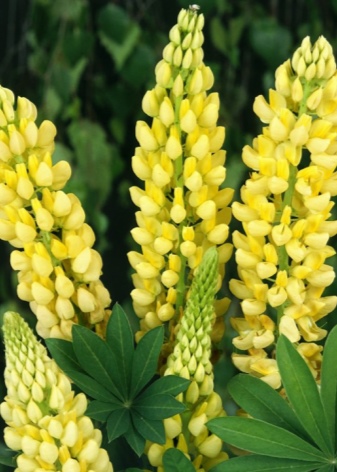
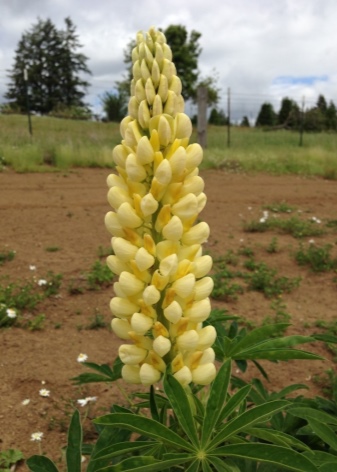
Varieties
With the help of yellow lupine, hybrid varieties were bred, which are now used to decorate garden plots. Let's consider the most popular samples.
- "Academic 1". The earliest variety that also boasts excellent seed productivity.
- "Narochansky". It is similar to the above-described variety in terms of productivity and speed of development and maturation.
- "Kastrychnik". This plant is highly resistant to fusarium.
- "Nemchinovsky 846". It has a thicker and coarser green mass. With proper care, the plant will be resistant to viruses and diseases.
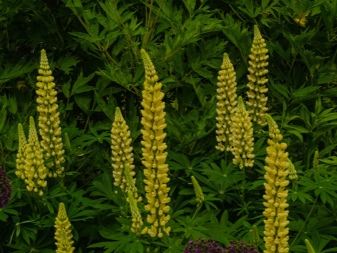
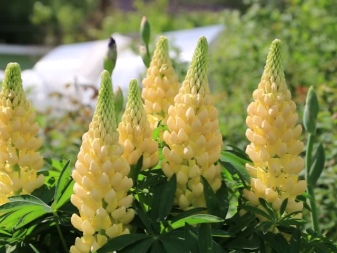
All these varieties have similar external characteristics indicated in the description of the species.
Reproduction
There are several ways to breed a plant. The most common are cuttings and the seed method.
Seeds
When planting seeds, you should maintain a distance between rows of 30 to 50 centimeters. The seed is deepened by a maximum of 4 centimeters, and if planting takes place in heavy soil, it is planted to a depth of 2 to 3 centimeters. Under favorable conditions, the first shoots will appear in about 2 weeks.
For growing plants from seeds in separate containers, it is recommended to prepare a special soil mixture. The soil can be prepared at home by mixing peat, sand and turf soil in equal proportions. The grains are deepened by 2 centimeters and covered with a thin layer of peat. After this, the containers should be transferred to a warm place and covered with a damp cloth.
It will take about two weeks for the first shoots to form. As soon as a pair of leaves appears on each of them, the seedlings can be transplanted into open ground.
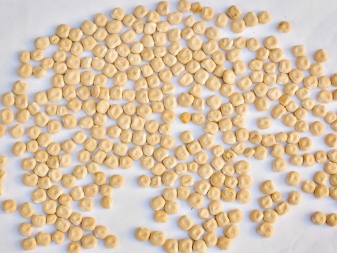
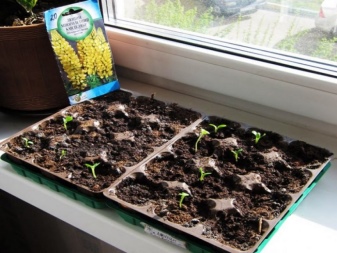
By cuttings
With the arrival of spring, a basal rosette is cut out from the bush, which is located at the base of the stem. Plants are chosen whose age is from 3 to 4 years. In the hot season, when the flowering period ends, you can choose lateral shoots for grafting. They originate in the axils of the leaf plates of the plant.
As soon as the roots appear on the processes (this will take about a month), they can be disconnected and transferred to a permanent place of growth. The plant will delight you with bright flowering already in the first season.

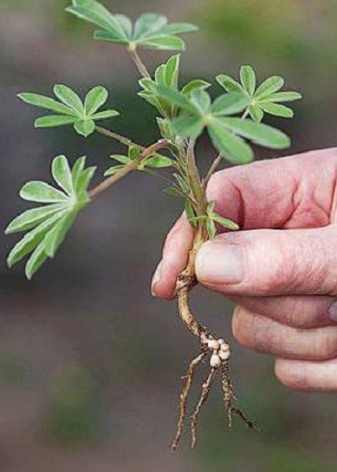
Growing features
It is worth noting that the flower is unpretentious to the composition and structure of the soil, however, gardeners still recommend planting it in soil with a loose structure. So lupine will feel as comfortable as possible and will delight you with a thick and bright color. It is also undesirable to plant the plant on acidic soils and in very dark locations.
It is best to prepare a place for a flower in the fall, and the planting procedure is carried out around the middle of spring, in April. Some gardeners prefer to plant in October so that the species overwinters. In this case, the plant will bloom with the arrival of summer.
Seed material is able to germinate even at low soil temperatures - 4-5 degrees Celsius. Also, seeds can survive slight and short-term drops in temperature. At the end of the planting process, lay out a layer of mulch.
According to professional flower growers, the main plant care is weed control. Ornamental varieties need more attention for full development and attractive flowering.
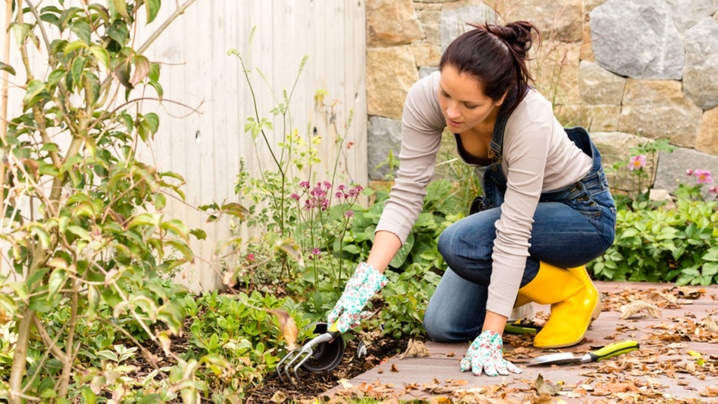
Be sure to water the flower regularly, maintaining an optimal moisture level between drought and liquid stagnation. Excessive moisture can cause root rot. After irrigation, it is recommended to loosen the topsoil. Remember that the root collar of the plant should be covered with soil.
At the end of flowering, the plant is cut off and the seeds are collected. If the stem is densely covered with foliage and buds, support should be provided, otherwise the flower will break under its own weight. To protect the plant from frost, before wintering, it is covered with a thick layer of sawdust or peat. After 3-4 years, planting needs to be completely renewed.
Various dressings will help keep the flower healthy and attractive. The nutrients will have a beneficial effect on the health of the plant. Fertilizers are applied in the first year of planting, with the arrival of autumn. Phosphorus-potassium formulations are chosen. The next year, complex preparations are used. These can be purchased at any gardening store.
Nitrogen fertilizing is not used for the reason that the root system of the plant can independently accumulate this element.


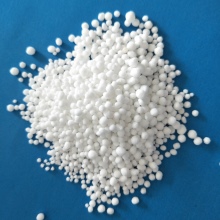
Similar plants
The following types of yellow flowers very similar to the above yellow lupine:
- snapdragon (antirrinum);
- delphinium;
- Russell's lupines;
- terry mallow;
- Japanese primrose;
- phlox.
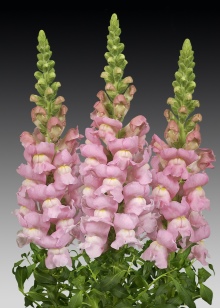
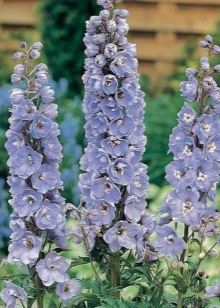
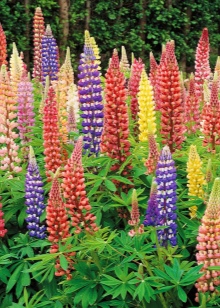
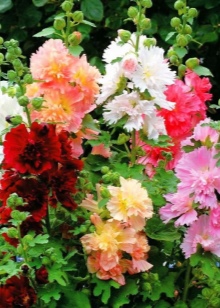
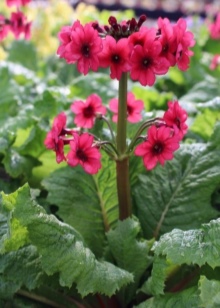
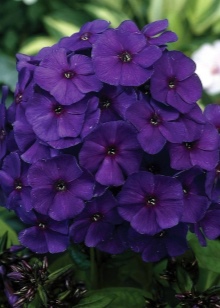
Each of these crops will be a wonderful decoration for any garden, as well as an excellent neighbor for yellow lupins.
For information on how to grow yellow lupine, see the next video.



































































































The comment was sent successfully.